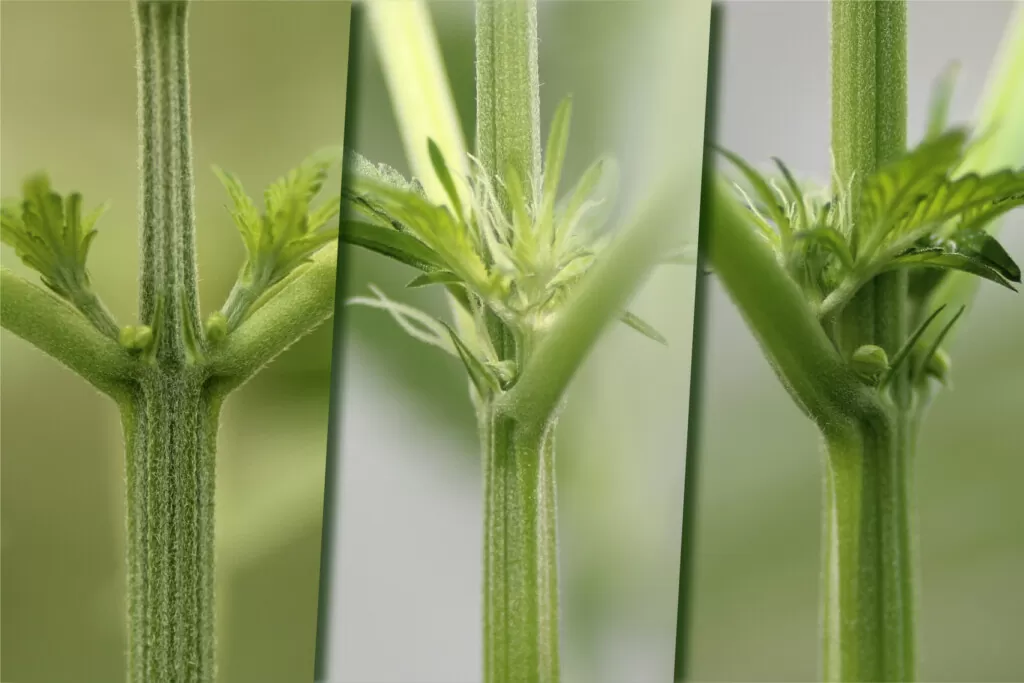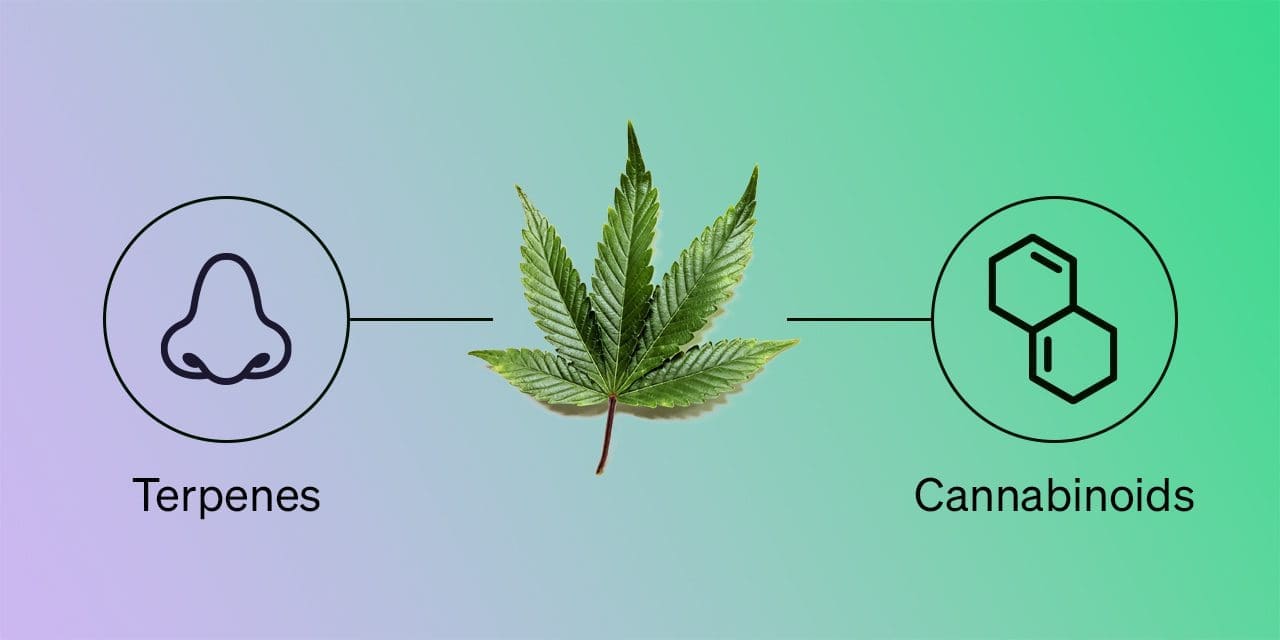Cannabis is a complex and fascinating plant that has been used for thousands of years for both medicinal and recreational purposes.
As the cannabis industry continues to grow and evolve, understanding the anatomy of the cannabis plant is crucial for successful cultivation. Whether you're a seasoned grower or just starting out, knowing the ins and outs of cannabis anatomy can help you produce higher yields, and better quality products, and avoid common mistakes.
In this article, we will explore the structure and function of the cannabis plant, from the leaves and stems to the roots and beyond. We'll also take a closer look at the role of cannabinoids and terpenes in cannabis anatomy and the importance of understanding these compounds for both medical and recreational use. So, let's dive into the fascinating world of cannabis anatomy and learn how it can help you become a better cannabis cultivator.

Image courtesy of Vermont Pure CBD
Cannabis Leaves, Stems, and Roots
Cannabis plants have several distinct parts, each with its unique structure and function. Understanding the different parts of a cannabis plant is key to successful cultivation, as it can help you identify any issues or potential problems before they become major concerns. In this section, we'll take a closer look at the leaves, stems, and roots of a cannabis plant.
Different Parts of a Cannabis Plant
The cannabis plant consists of several main parts, including leaves, stems, roots, and flowers. Each part plays a vital role in the growth and development of the plant, and understanding how they work together is essential for successful cultivation.
Anatomy of a Cannabis Leaf
Cannabis leaves are one of the most recognizable parts of the plant, and they come in a variety of shapes and sizes. Each leaf is made up of several components, including the blade, petiole, and stipules. Understanding the anatomy of a cannabis leaf can help you identify any issues with your plants, such as nutrient deficiencies or pest infestations.
Structure and Function of a Cannabis Stem
The stem of a cannabis plant is responsible for transporting water, nutrients, and sugars from the roots to the leaves and flowers. Understanding the structure and function of a cannabis stem can help you identify any issues with your plants, such as stem rot or damage from pests or environmental factors.
Functions of a Cannabis Root System
The roots of a cannabis plant play a vital role in nutrient uptake and water absorption. Understanding the functions of a cannabis root system can help you identify any issues with your plants, such as root rot or nutrient deficiencies.

Image: Amsterdam Genetics
Cannabinoids and Terpenes
While the anatomy of the cannabis plant is important for cultivation, it's the compounds within the plant that give it its unique properties and effects. Two of the most well-known classes of compounds found in cannabis are cannabinoids and terpenes. In this section, we'll explore the role of cannabinoids and terpenes in cannabis anatomy and their effects on the human body.
What Are Cannabinoids?
Cannabinoids are a class of chemical compounds found in cannabis that interact with the body's endocannabinoid system. There are over 100 different cannabinoids found in cannabis, with the most well-known being THC and CBD. Understanding the role of cannabinoids in cannabis anatomy can help you select strains that are best suited for your needs.
The Importance of Terpenes
Terpenes are a class of compounds found in cannabis that are responsible for the plant's aroma and flavor. There are over 200 different terpenes found in cannabis, each with its unique properties and effects. Understanding the role of terpenes in cannabis anatomy can help you select strains that are best suited to your needs and preferences.
The Entourage Effect:
How Cannabinoids and Terpenes Work Together The entourage effect refers to the idea that cannabinoids and terpenes work together to produce a more significant effect than they would individually. Understanding the entourage effect is crucial for selecting strains that can provide specific effects, such as pain relief, relaxation, or increased focus.
Medical Benefits
Cannabinoids and terpenes have been shown to have a range of medical benefits, from pain relief and anti-inflammatory effects to anxiety reduction and anti-cancer properties. Understanding the medical benefits of cannabinoids and terpenes is crucial for selecting strains that can provide specific therapeutic effects.

Image: Leafwell
The Importance of Understanding Cannabis Anatomy
Understanding the anatomy of the cannabis plant is essential for anyone interested in cultivating or using cannabis. By understanding the structure and function of cannabis leaves, stems, and roots, you can ensure that your plants are healthy and produce high-quality buds. Additionally, understanding the role of cannabinoids and terpenes in cannabis anatomy is crucial for selecting strains that provide specific effects and therapeutic benefits.
As the cannabis industry continues to grow, it's important to stay informed about the latest research and developments in cannabis anatomy. Whether you're a cultivator, a medical patient, or a recreational user, understanding the anatomy of the cannabis plant can help you make informed decisions about your use and ensure that you're getting the most out of your cannabis experience.
If you're interested in learning more about cannabis cultivation or exploring different strains and their effects, be sure to check out our collection of cannabis grow books. With the right knowledge and resources, anyone can cultivate high-quality cannabis and experience the benefits of this remarkable plant.
